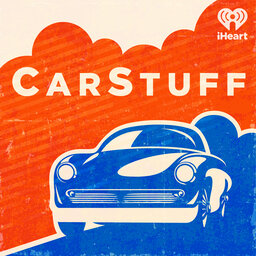China’s Transit Elevated Bus (TEB)
When developers revealed a working, full-scale model of the Transit Elevated Bus (TEB) in August 2016, it seemed like the project was on the right track. So why did the Chinese state media label it a scam? Tune in to find out.
Learn more about your ad-choices at https://www.iheartpodcastnetwork.com
 CarStuff
CarStuff


